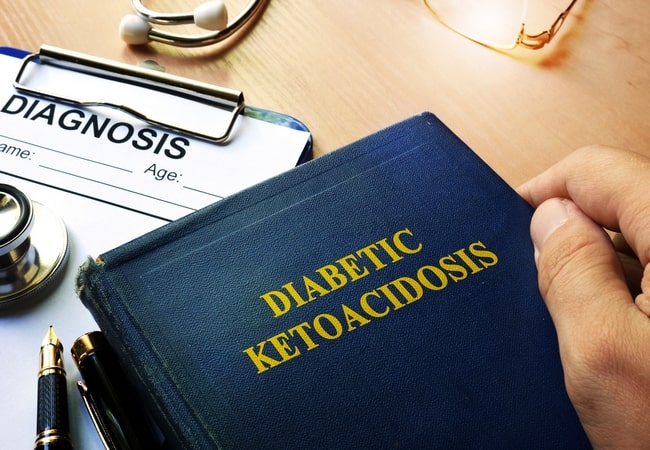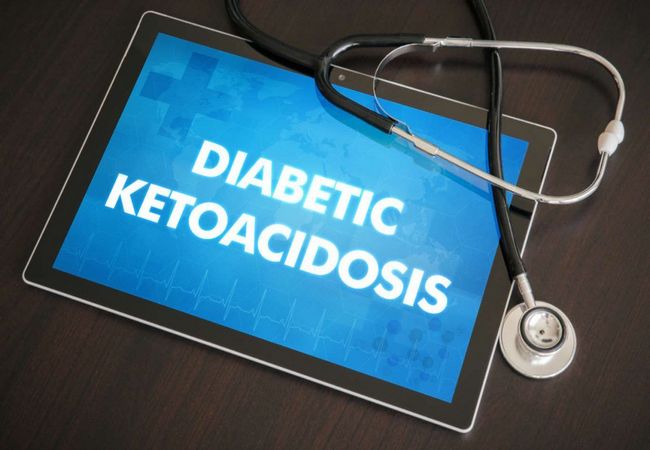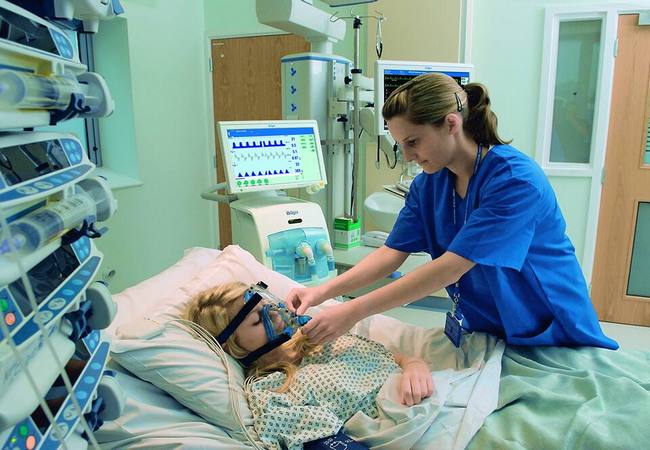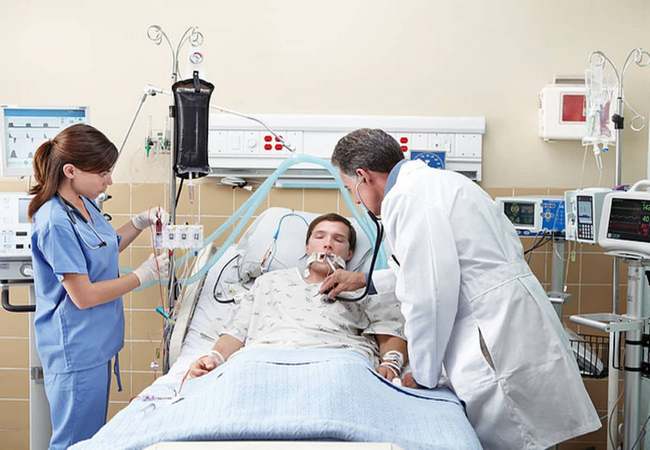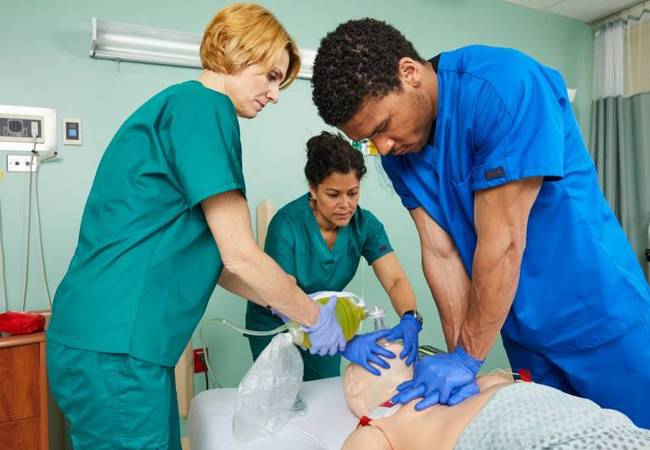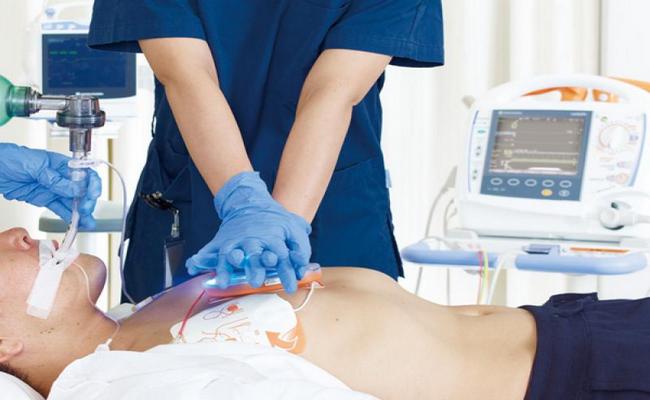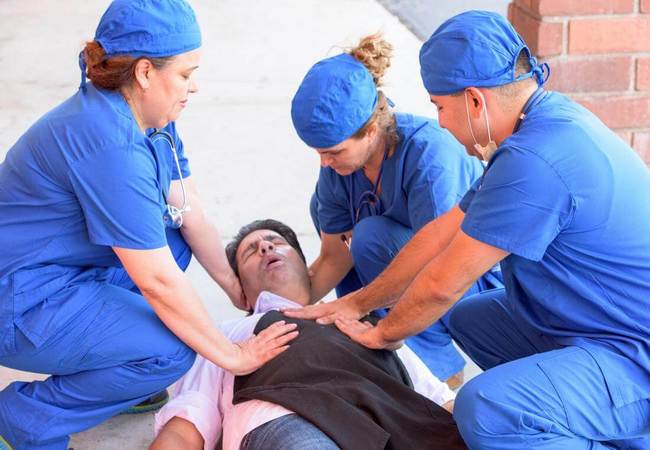Nursing Management of Diabetic Ketoacidosis (DKA)
Diabetic Ketoacidosis (DKA) Definition: Diabetic ketoacidosis is a medical emergency in which hyperglycemia is associated with metabolic acidosis and hyperketonaemia principally in people with type-l diabetes. Cardinal Features of Diabetic Ketoacidosis (DKA): It includes- Hyperglycaemia, Metabolic acidosis, Hyperketonaemia. Nursing Management of Diabetic Ketoacidosis (DKA): Vital signs: blood pressure, pulse, respirations, pulse oximetry, level of consciousness, […]
Nursing Management of Diabetic Ketoacidosis (DKA) Read More »

